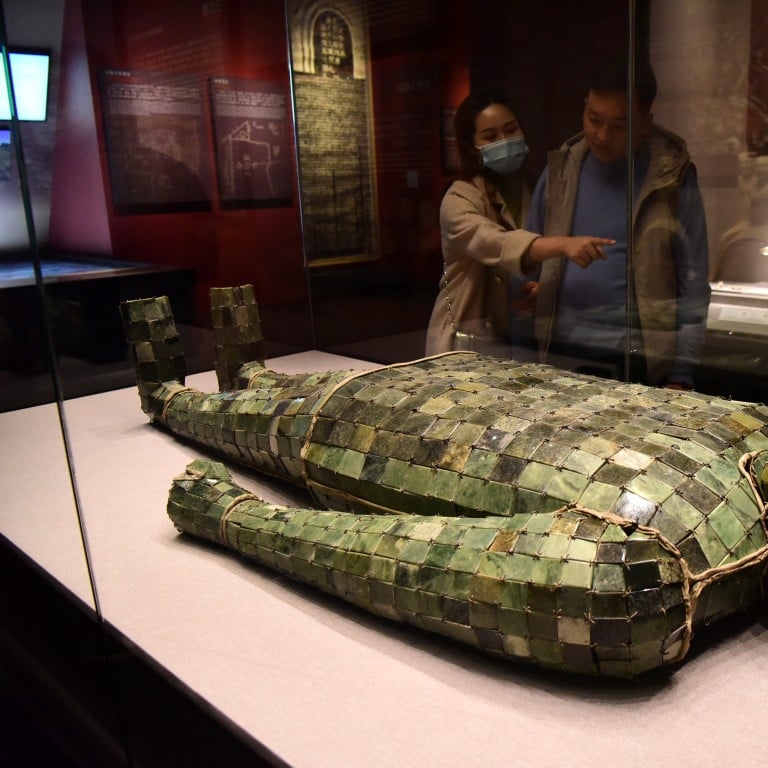
Explainer | Why China is in love with archaeology and palaeontology
- Major discoveries are big hits in China, and even little celebrations of the sciences are everywhere
- And while the country‘s long history has a role to play, the foundation runs much deeper than that
As winter turned to spring in Sichuan province in central China this year, a group of archaeologists stood before the nation and revealed a stunningly remarkable archaeological discovery.
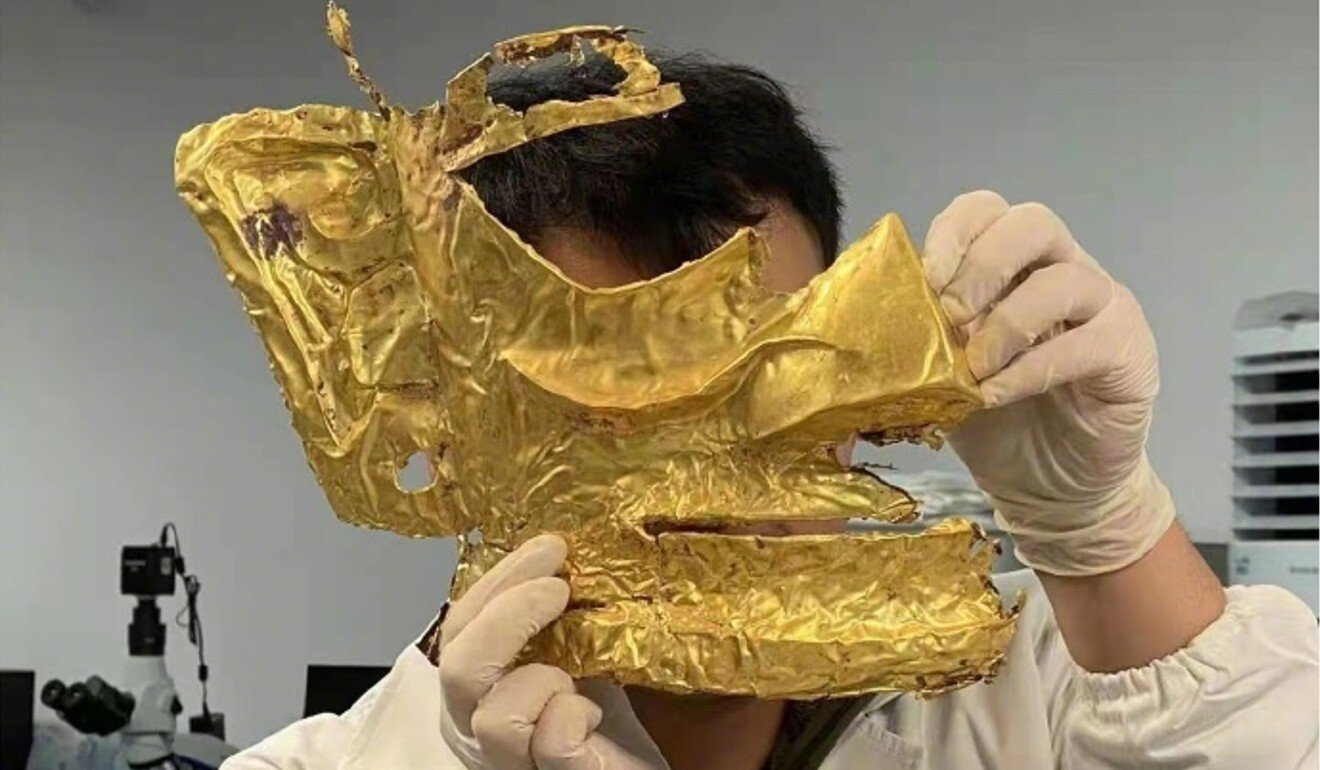
“If you talk to people in regular day-to-day conversation, these topics are things that come up. If you look at any new dinosaur exhibitions, they are always really well received,” said Michael Pittman, a palaeontologist at the University of Hong Kong.
So let’s explore what’s behind the overwhelming enthusiasm.
Is the enthusiasm triggered by China’s history that stretches back into the mists of time?
The most simplistic answer is “yes”. But that removes much of the nuance.
Pittman, who is also a research affiliate at the Institute of Archaeology, University College London, said only a few countries worldwide can point to thousands of years of written history. Additionally, because China has played a significant role in global events, it “creates interest”.
“Even though there are different periods and kingdoms in Chinese history, people tend to look back and think that was ‘our history’,” he said.
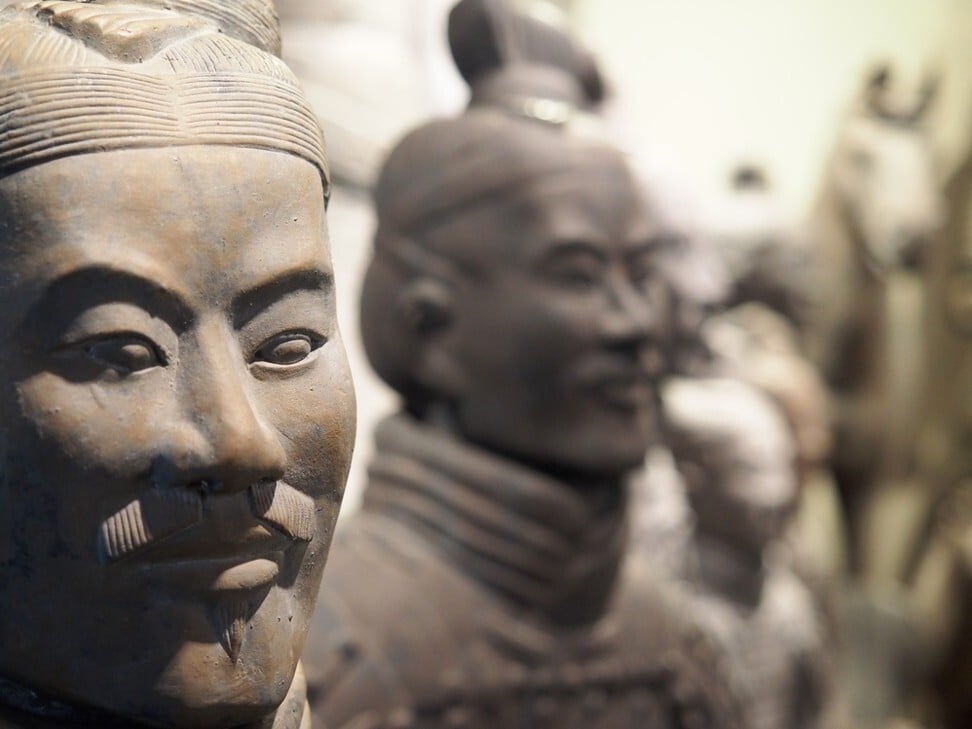
David Palmer, an anthropologist at the University of Hong Kong, said the thousands-years history is often interpreted as an “uninterrupted story”. Thus, enjoying new discoveries or revising old history “enriches our knowledge of ourselves”.
This connection to the past often became evident as the country urbanised dramatically in the past few decades.
Xi’an, a city in northwest China that was the capital of Chinese civilisations for over a thousand years, famously lacks an extensive subway network because construction workers keep discovering important archaeological sites while building the infrastructure.
The city’s Terracotta Army, one of the most famous archaeological sites in the world, was discovered by accident by farmers trying to build a well in 1974.
And much like its archaeological history, Chinese interest in palaeontology is in part thanks to being a centre of an exceptional historical record.
Even though there are different periods and kingdoms in Chinese history, people tend to look back and think that was ‘our history’.
Ryan McKenzie, an assistant professor at the University of Hong Kong Department of Earth Sciences, who has worked extensively on the mainland, said events like the Tibetan collision make China one of the best places in the world to find fossils.
“It’s important to preserve [these fossils], but they also need to come back to the surface to be able to identify them,” he said.
McKenzie contrasted China’s geological landscape to the Burgess Shale in Canada, a site of immense importance and fame in palaeontology. He said China has multiple locations that are producing important fossils on a similar scale.
Recently, China has become crucial in advancing the theory that many dinosaurs had feathers, one of the most significant changes in how people think about the prehistoric animals.
What role does money play?
China has invested significant money into palaeontology and archaeology and boasts some of the most well-funded programmes in the world.
Speaking about China in a 2018 article published in National Science Review, Jin Meng, a palaeontologist at the American Museum of Natural History, said China was in “the golden era of discovery”.
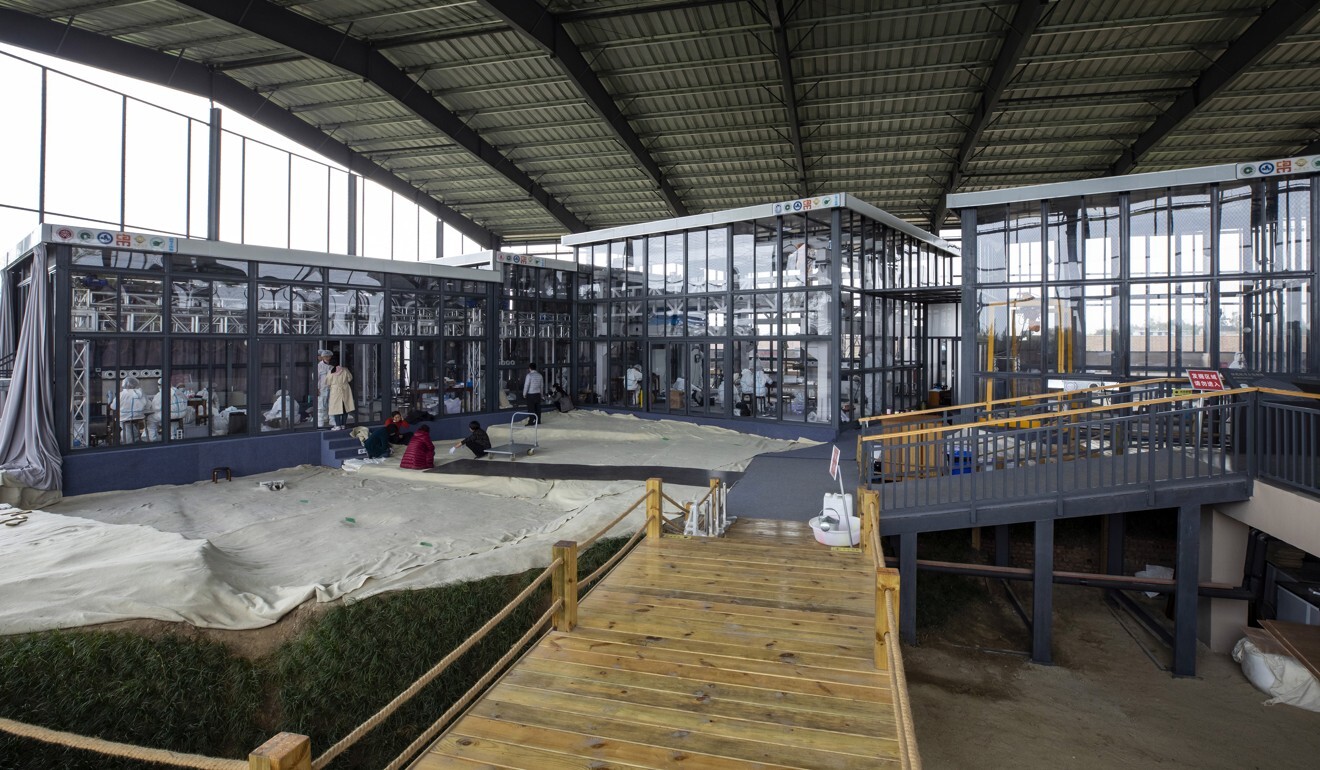
He said impressive funding sources, new technology, quality talent and international collaboration meant that “In the past three or so decades since the 1980s, fossil excavation and collection began to take off across China.”
McKenzie concurred: “They have invested so much money, and the amount of work being done is not really matched anywhere else.”
For example, the South China Morning Post interviewed Lei Yu, a leader at the Sanxingdui site. He was also part of the team that first discovered significant artefacts in the area in 1986.
Back then, he said the exhibition was rugged. Archaeologists used basic tools and only had one camera to document the trip.
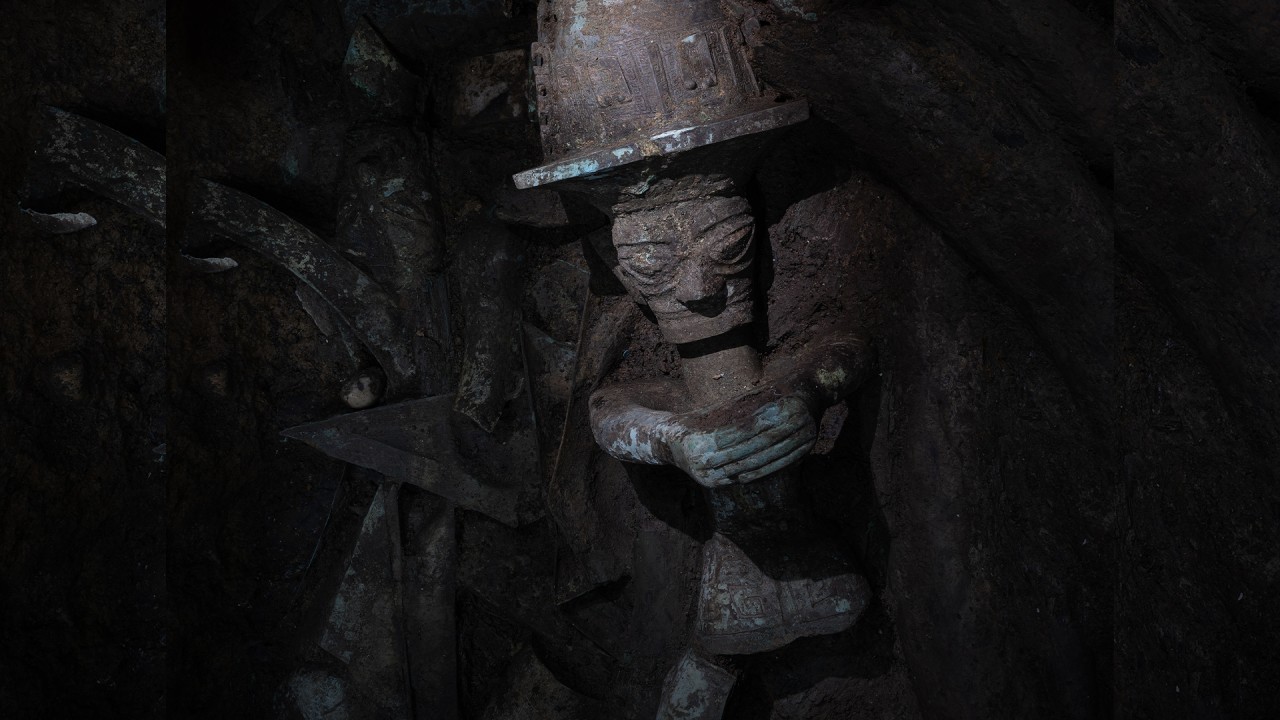
04:27
Ancient Sanxingdui culture challenges traditional narrative of Chinese civilisation
Over 30 years later, photos of the dig site feature infrastructure so advanced that it somewhat justifies why people might think humans had discovered extraterrestrials. For example, dig sites are surrounded by sterilised rooms featuring hi-tech equipment that keep the humidity and temperature at ideal levels to preserve the artefacts.
This level of investment creates a virtuous cycle whereby more money leads to more discoveries, creating more interest in the field, and resulting in more funding.
The interest, discoveries and funding must generate tourism, correct?
Absolutely. Local and regional governments could see significant economic activity from major discoveries.
On a grand scale, Xi’an hosted 14.7 million tourists during the Mid-Autumn Festival in 2020.
But there also exists in China a spattering of micro-tourist locations: a museum to commemorate local history, or a plaque in the middle of nowhere to describe the geology of an area.
McKenzie said: “Scattered museums are really nice for being focused on a small part of the natural environment. You see people stopping and reading about them … real effort is being put into it.”
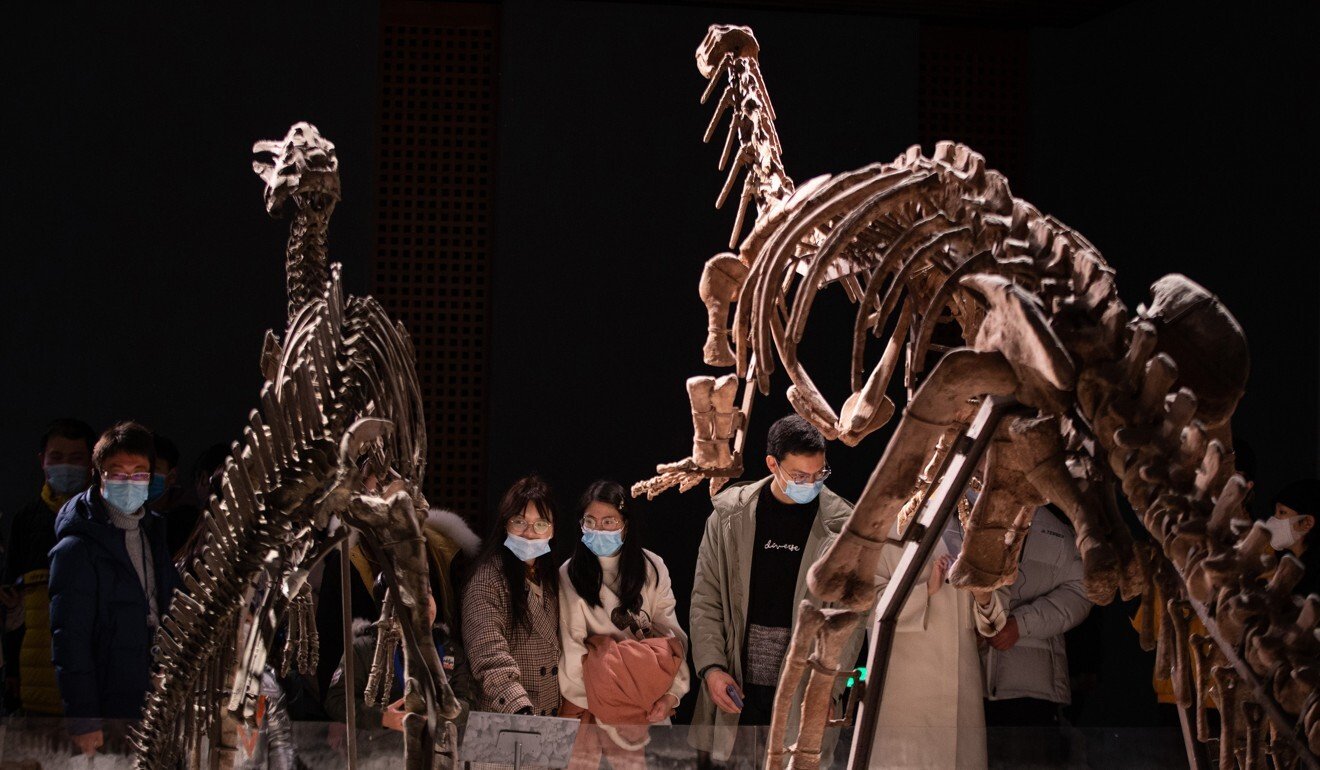
Palmer said it is a way for local areas to “push their own stories”.
“A town can become more important [after a discovery] and other towns are always pushing for recognition of their relics as they compete for prestige and tourists. They are trying to enhance the position of the locality,” said Palmer.
Who helped build the foundations for archaeology and palaeontology?
Like most enterprises, it usually requires a handful of pioneers and early experts to inspire younger generations to follow in their footsteps.
In archaeology and palaeontology, some of the worldwide all-time greats are Chinese, and they built the foundation for later scientists to build on.
For example, Yang Zhongjian (1897-1979), more commonly referred to as C.C. Young, is considered the father of Chinese palaeontology.
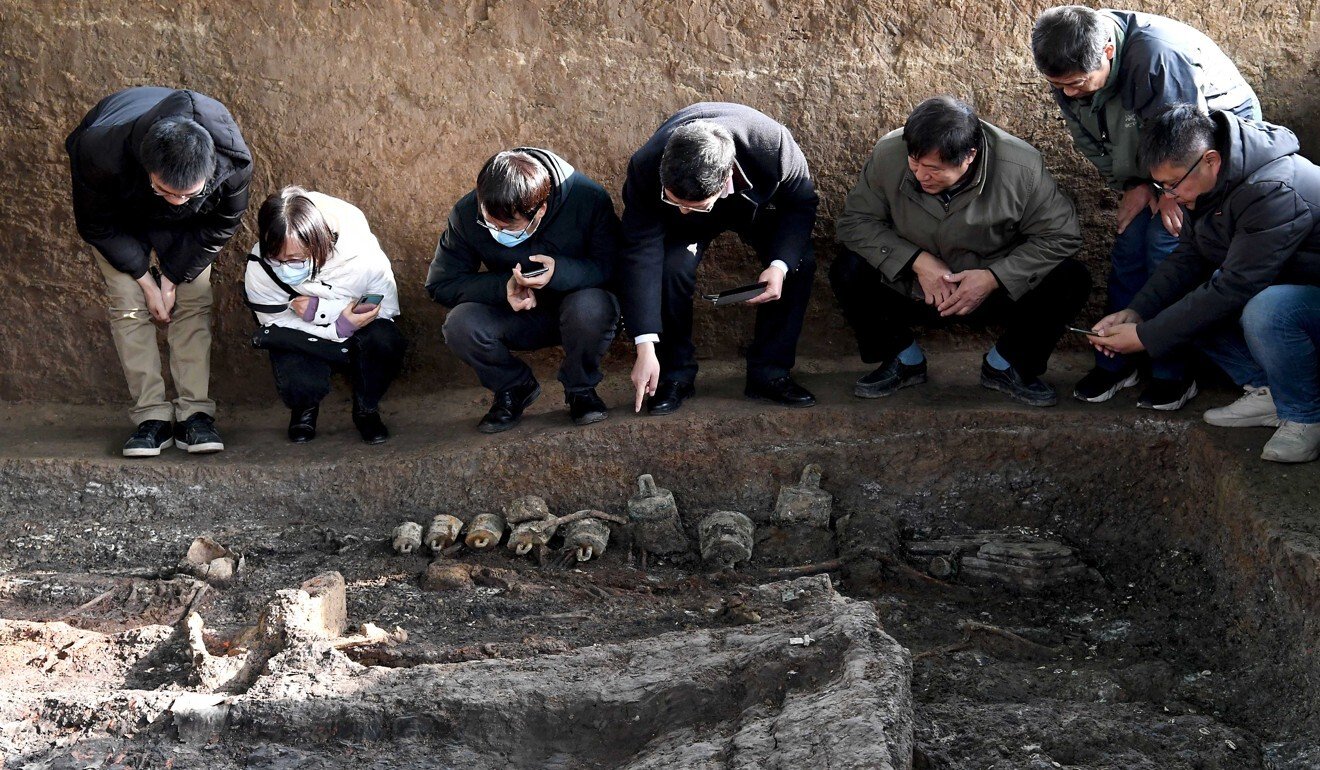
In 1938, he discovered a dinosaur species called Lufengosaurus huenei, long-necked sauropod, which awed the public when it was displayed in Sichuan province in central China in 1941.
For young girls looking for inspiration, they can learn about Zheng Zhenxiang, who was born in 1929 and is nicknamed the “first lady of Chinese archaeology”.
In a story straight out of Hollywood, Zheng intervened in a plan to level a hillock in Henan province, saying it had archaeological value and needed to be excavated. She also believed it might contain a tomb from a Shang dynasty royal, despite few people agreeing with her.
At the site, Zheng would discover the tomb of Lady Fu Hao, a general who is believed to have died around 1200BC and led thousands of troops for the Shang dynasty.
These scientists inspired later generations, who are inspiring today’s young people.
McKenzie shared an anecdote of a woman from China he knows who got into geology because her parents nudged her towards the field.
“They thought it was a good career, which is not necessarily something you hear in other countries,” he said.

